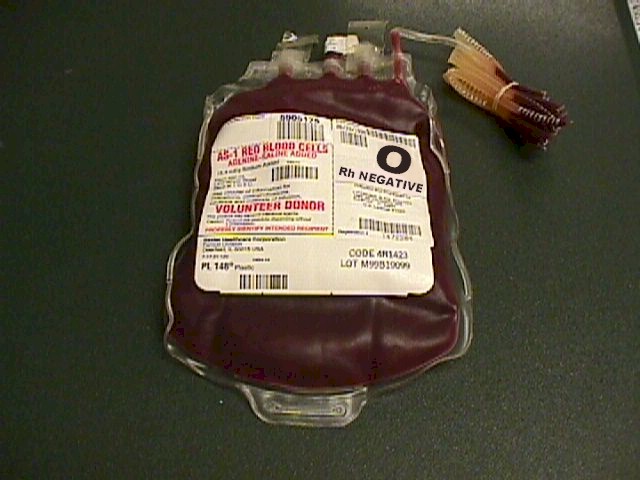|
Postpartum Hemorrhage |
|
 Average blood loss following a
vaginal delivery is about 500 cc. Bleeding that is significantly
in excess of that is considered post partum hemorrhage.
Average blood loss following a
vaginal delivery is about 500 cc. Bleeding that is significantly
in excess of that is considered post partum hemorrhage.
Most cases of post partum hemorrhage are caused by the uterus not contracting firmly after delivery. In some cases, there is a mechanical obstruction to the uterus contracting, such as
- Retained blood clot inside the uterus which disallows a firm, tight contraction, or
- Retained placenta.
Manually expressing the blood clot by squeezing the fundus will usually control bleeding from this source, and uterine exporation with manual removal of any remaining placenta will resolve that problem.
For most cases of relative uterine atony, uterine massage is an immediate, simple, and often very effective treatment to stop the bleeding. Uterotonic agents can be added:
- Oxytocin 20 units in 1 liter of IV fluids, run briskly (wide open) for a few minutes will flood the mother with a strong uterotonic agent.
- Oxytocin 10 units IM will take longer to be effective, but will have a more sustained action and is immediately available without an IV.
- Methylergonovine maleate 0.2 mg IV or IM will firmly contract the uterus, but should be used cautiously if at all in women with pre-existing hypertension.
- Prostaglandin F-2-alpha.
Bimanual compression of the uterus is another effective way of slowing or stopping the bleeding associated with post partum hemorrhage.
- The uterus is elevated out of the pelvis by the vaginal hand, and compressed against the back of the pubic bone by the abdominal hand.
- This places the uterine arteries on stretch and kinks them, decreasing the blood flow to the uterus.
- The direct compression of the uterus limits circulation through the placenta to the placental site.
 Blood transfusion may be life saving in some of these patients.
Blood transfusion may be life saving in some of these patients.
- In a non-pregnant patient, progressive hypovolemia is usually accompanied by the predictable signs of tachycardia, hypotension and tachypnea before confusion and loss of consciousness occur.
- Women with immediate post partum hemorrhage do not necessarily follow that path and may look surprisingly well until they collapse.
- Because of this, your decision to give or not give blood to these women should depend more on your estimated blood loss, clinical circumstances and likelihood of continuing blood loss, and less on her vital signs. Women who quickly lose half their blood volume (2500 out of 5000 ml) usually benefit from transfusion.